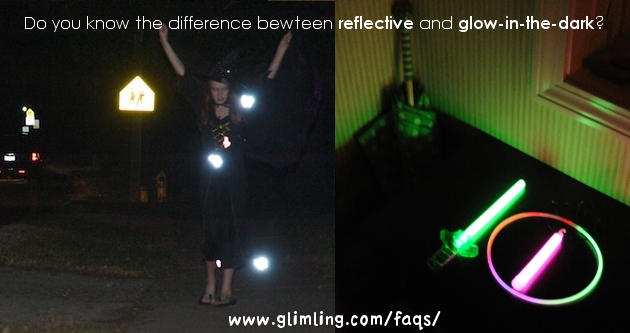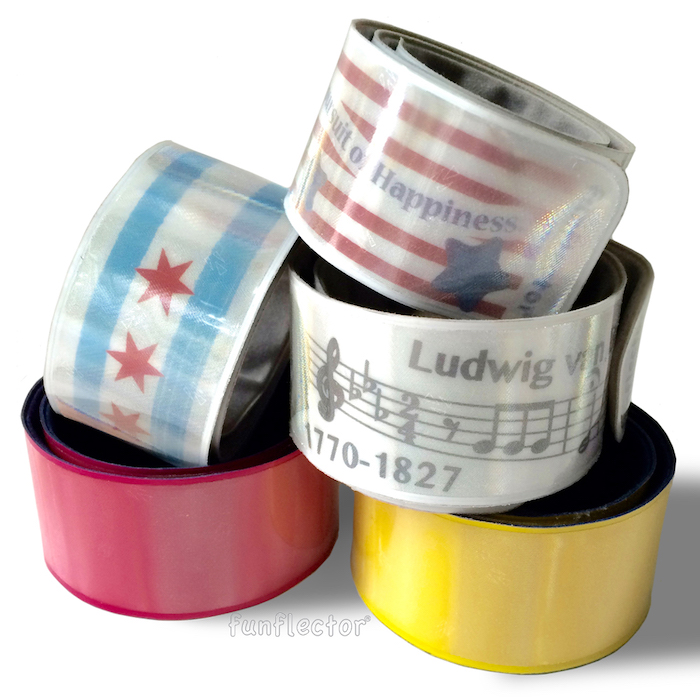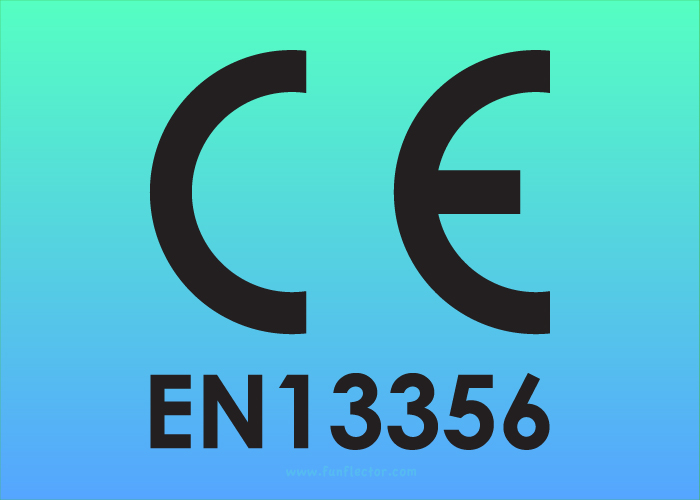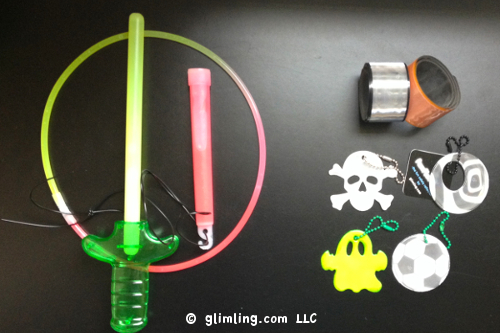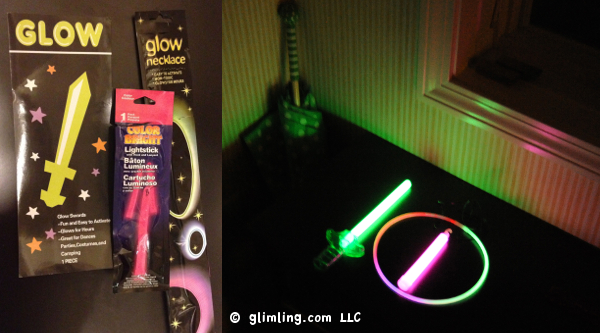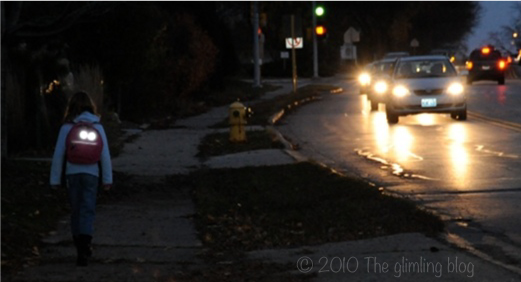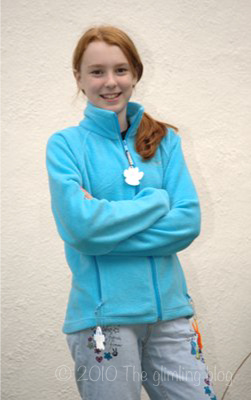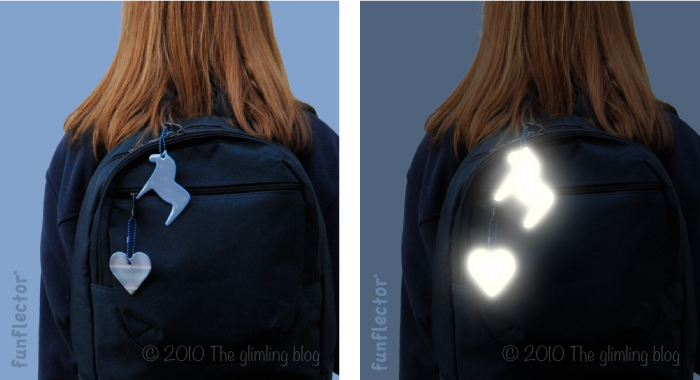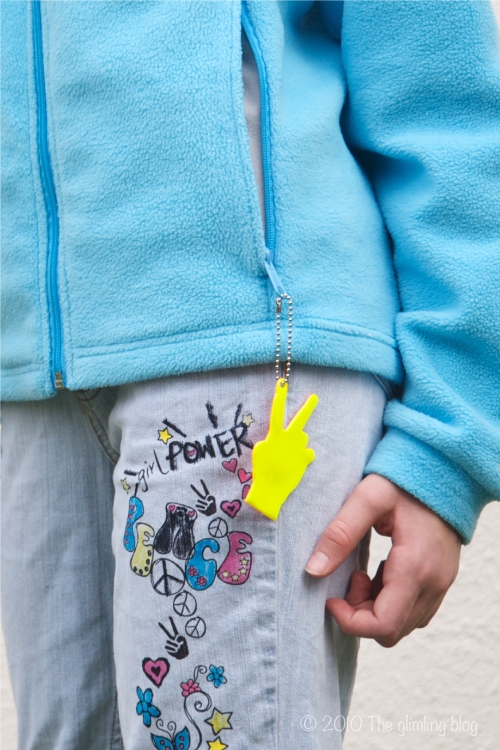Trabant or Volvo Style Safety?
Like most everything else, not all reflectors are created equal. You can buy “reflective gear” and “safety reflectors” and yes, or course, they all reflect – at least a little bit. But how do you know if they reflect enough? You want the Volvo, not the Trabant when it comes to the safety of yourself and your loved ones, but how do you know which is which?
Let’s take a look at two reflective slap bracelets/slap wraps, both with a black and white pattern, but made with different manufacturing techniques and different reflective materials. The striped one, we found online, while the other one is “Baroque” from our own webshop.
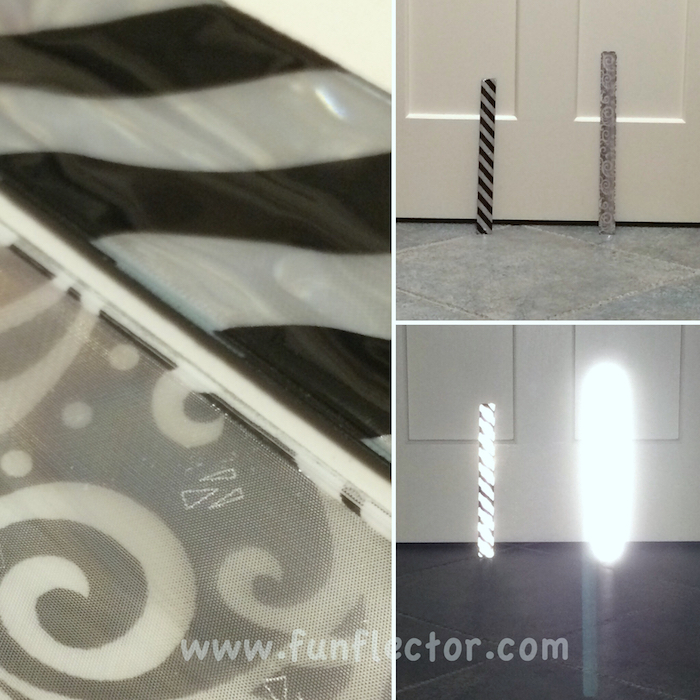
How is the safety reflector printed?
As you can see in the image, the two safety reflectors may look similar, but the way they are manufactured are vastly different. The striped one is made in bulk and then printed with logos and patterns as orders come in. But what happens if you print on top of the reflective material? Well, obviously, you loose reflective power where the ink is as you can see in the image. The funflector wrap, on the other hand, has been assembled with a printed material that goes UNDER the reflective layer. That way you can get as much colors/prints as you want, and the entire surface is still totally reflective. Obviously, this makes manufacturing more complicated as the sealing machine needs to be fired up for each order. You can tell the difference by wiggling the reflector and see if the clarity of the print looks different depending on the angle. If the clarity changes, then you know that the microprism layer is on top of the print and will reflect the car headlights back to the drivers to its fullest capacity. Learn more in one of our previous posts.
…Trabant or Volvo Style Safety? Read More »


